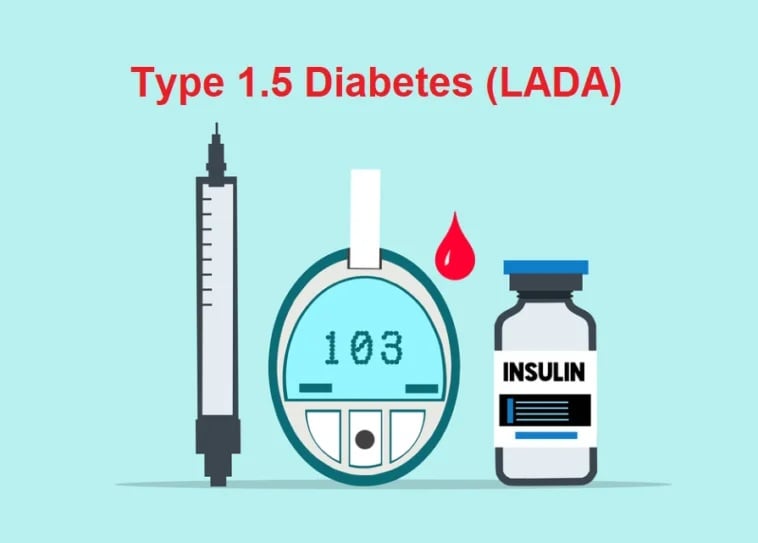Boston, USA: There is a specific type of diabetes that few people know about and many doctors misdiagnose it, which worsens the disease. This type of diabetes is called LADA or type 1.5 diabetes.
In adult-onset autoimmune diabetes (LADA), immune cells attack and destroy insulin-producing cells. This type of diabetes shares genetic, immunologic, and metabolic characteristics with both type 1 and type 2 diabetes.
Dr. Jason Gaglia, an endocrinologist at the Joslin Diabetes Center in Boston, USA, said that in patients with type 1.5 diabetes, doctors mistakenly diagnose type 2 diabetes, which leads to months or years of treatment and the disease continues. Lives.
The doctor said that 10 percent of patients with type 2 diabetes actually have type 1.5 diabetes.
Similarly, Kathleen Wynne, another endocrinologist at Ohio State University, said that type 1.5 diabetes can fool doctors into misdiagnosing patients with type 2 diabetes. Although cells in type 1 diabetes also destroy insulin-producing cells, it occurs more often in children.
Type 1.5 diabetes is difficult to diagnose because the disease progresses slowly. His patients are usually over 30 years of age who do not require insulin injections for at least six months after diagnosis. But due to misdiagnosis, majority of patients immediately become dependent on insulin injections and spend their entire lives on it.
This delay in diagnosing the correct disease makes other doctors believe that the patient has type 2 diabetes and thus doctors start treating the wrong disease instead of the real disease.
(function(d, s, id){
var js, fjs = d.getElementsByTagName(s)[0];
if (d.getElementById(id)) {return;}
js = d.createElement(s); js.id = id;
js.src = “//connect.facebook.net/en_US/sdk.js#xfbml=1&version=v2.3&appId=770767426360150”;
fjs.parentNode.insertBefore(js, fjs);
}(document, ‘script’, ‘facebook-jssdk’));
(function(d, s, id) {
var js, fjs = d.getElementsByTagName(s)[0];
if (d.getElementById(id)) return;
js = d.createElement(s); js.id = id;
js.src = “//connect.facebook.net/en_GB/sdk.js#xfbml=1&version=v2.7”;
fjs.parentNode.insertBefore(js, fjs);
}(document, ‘script’, ‘facebook-jssdk’));



